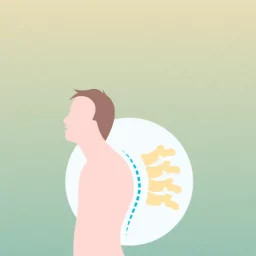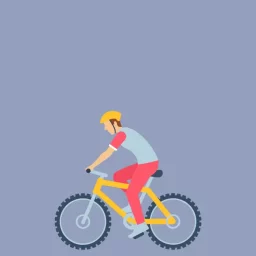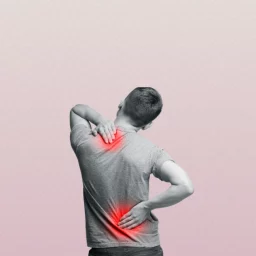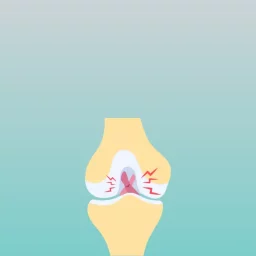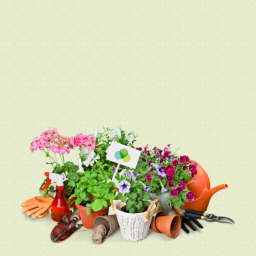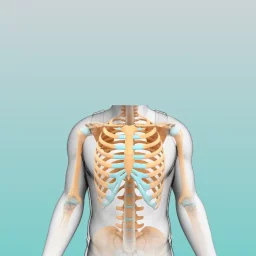Keep your children safe this summer while they have fun!
Summer is finally here and school will soon be finished! The summer months are a great time for kids and families to enjoy the many outdoor activities the National Capital Region has to offer. Before you round up your family and head for the beach, a bike ride, or camping this summer, here are ways to keep your children safe this summer while they have fun.
1. Water Safety
Pools, lakes and beaches mean summer fun and relief from the hot weather. Swimming is a great physical activity but water also can be dangerous for children if parents and supervising adults don’t take the proper precautions. Children under the age of 15 are at the highest risk of drowning and most child drownings occur between June and August.
The good news is there are many ways to keep children safe in the water:
- Teach your children to swim: Formal swimming lessons can protect young children from drowning accidents.
- Always ensure children are supervised by a responsible adult(s) when in, or around water.
- Learn cardiopulmonary resuscitation (CPR). Your CPR skills could save someone’s life.
- Enclose home pools with a fence that has a self-closing and self-latching gate; keep the gate closed with restricted access at all times. Refer to your municipal bylaws for fencing requirements.
- Establish swimming rules such as: always swimming with a buddy, children must have an adult with them at all times, and no glass containers around the pool.
- Lifejackets or PFDs should be worn by weak or non-swimmers but they are not substitutes for supervision by an adult with good swimming skills, or a lifeguard.
2. Beat the Sun & Heat
Heat-related illness happens when the body’s temperature control system is overloaded. The body becomes dehydrated, which can result in increased body temperature. Children less than 4 years of age are at greatest risk of heat-related illness. Heat cramps, heat exhaustion, or heat stroke, can happen to anyone who stays in the summer heat and sun for too long.
It is important for everyone enjoying the outdoors to know how to prevent heat emergencies, recognize when someone has been in the heat for too long, and be able to provide help when needed. When it comes to beating the heat, the best defence is prevention.
Preventing Heat-Related Illness:
- NEVER leave infants, children, or pets in a parked car, even if the windows are cracked open.
- Drink plenty of water.
- Avoid being outside during the hottest part of the day (11 am to 1 pm)
- Know the humidex rating — it combines the temperature and humidity to indicate how hot and humid weather feels to the average person.
- Ensure your children are wearing light-coloured and loose clothing to let air circulate and heat escape and always ensure they wear a hat.
- Apply sunscreen (with SPF 15 or higher and UVA & UVB protection) as sunburned skin reduces the body’s ability to cool itself.
- Slow down your family’s activities as it gets hotter outside and don’t work, exercise, or play for long periods of time.
- Ensure everyone young and old take many breaks in a cool or shaded area to cool down.
Signs and Symptoms of Heat-Related Illness:
- Cramps or muscle tightening, usually in the legs and abdomen
- Headache
- Nausea
- Dizziness, weakness and feeling faint
- Skin that is red, pale or moist more than usual
- Rapid shallow breathing
- Irritable, bizarre or aggressive behaviour
How to Help:
- Move the person to a cooler location
- Give the person cool water to drink in sips
- Have the person loosen any tight clothing
- Fan the person
- Put cool water on the person’s skin
- If the person’s condition is severe, put covered ice packs in each armpit and on the back of the person’s neck
- Call 911 for help
3. Cycle Safety
The nice weather allows our children to run around outside, play sports and get exercise. It’s good for them in so many ways, both physically and emotionally. While play is important, safety always comes first!
The Canadian Red Cross reports that 3 out of 4 children in Canada have a bicycle and that cycling is great exercise as well as a way for children to learn responsibility. Adults should encourage biking while stressing bike safety. Speed, inexperience and not wearing protective gear are among the leading causes of cycling injuries for children.
Bike safety tips:
- Ensure children wear properly fitted and secure helmets.
- Use reflective stripes on clothing and bicycles, and flickering lights (even during daylight hours) to make cyclists more visible to motorists.
- Keep children away from busy streets and parking lots.
- Ensure your children know and obey traffic rules when cycling on the road.
- Teach children to bike with a buddy if they are cycling any distance without parental supervision.
- Have a cycling plan: agree in advance on a return time and stick to a route that’s familiar, illuminated and avoids secluded areas.
- Have first aid training to have the skills and confidence to provide emergency treatment for common cycling injuries like falls, fractures or bleeding.
Keeping your children safe this summer is a top priority but we want them to have fun too! Planning ahead with a focus on prevention allows for memorable family vacations while teaching children responsibility and awareness of their surroundings.
Be safe this summer and have fun!





